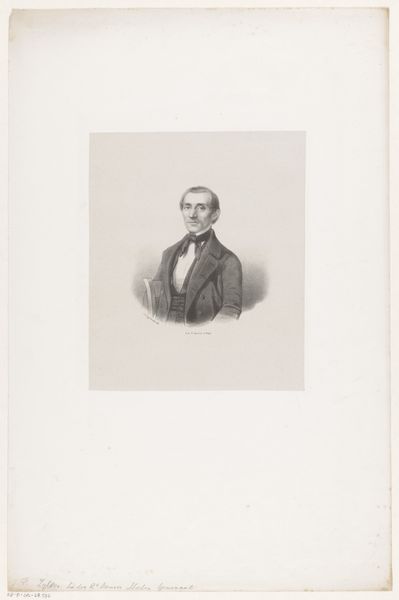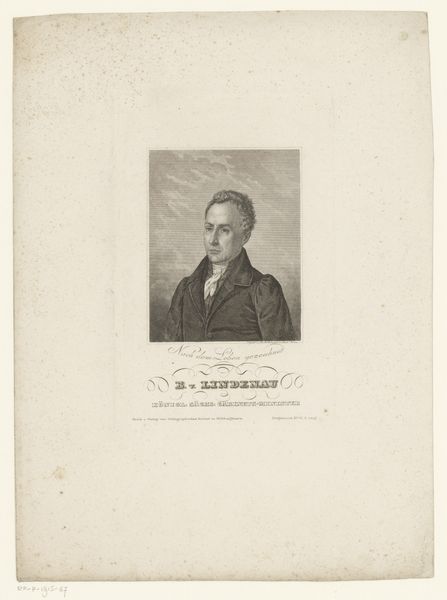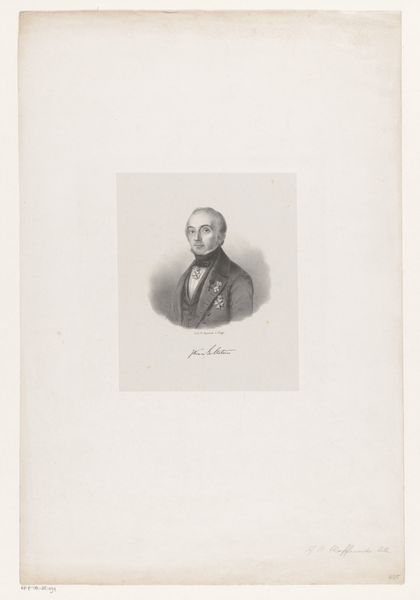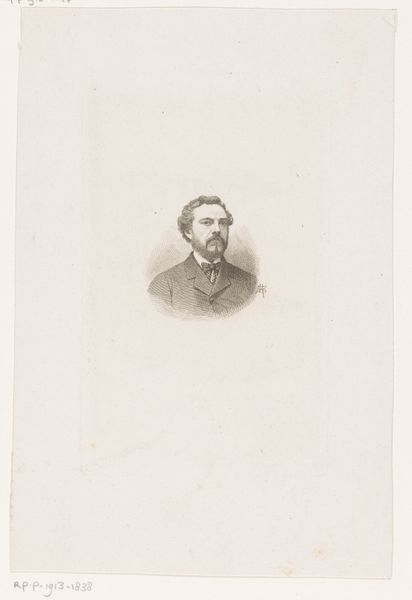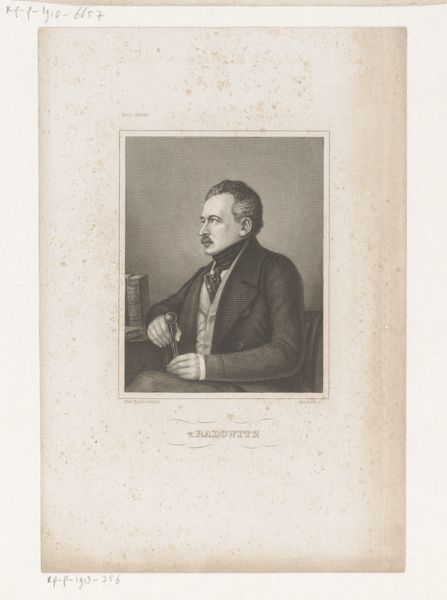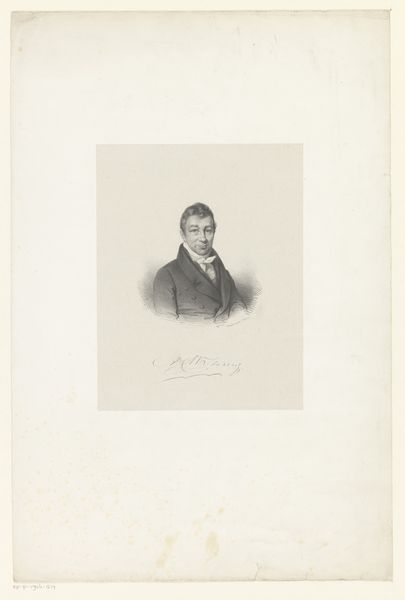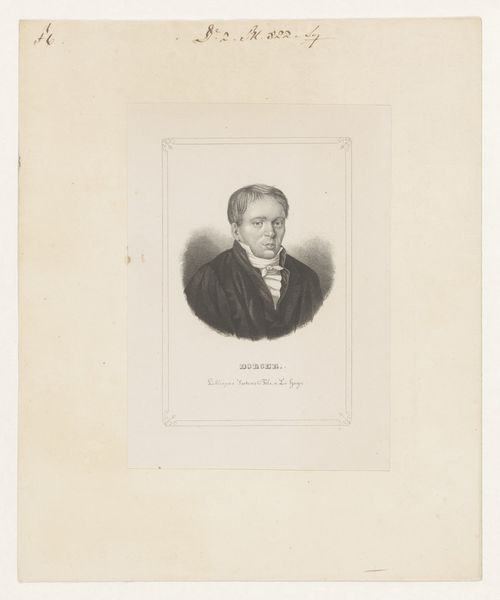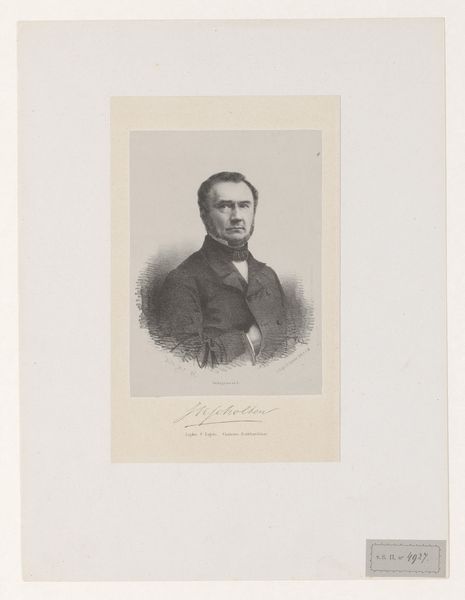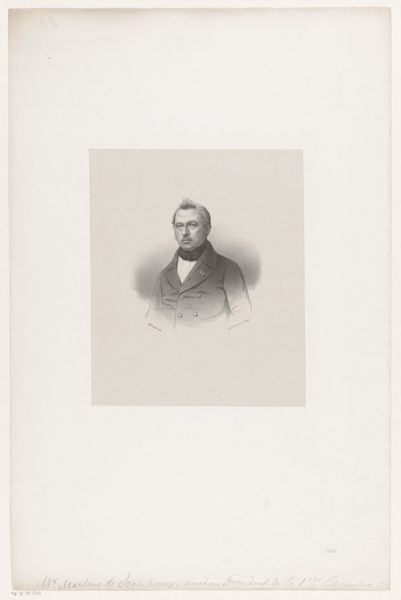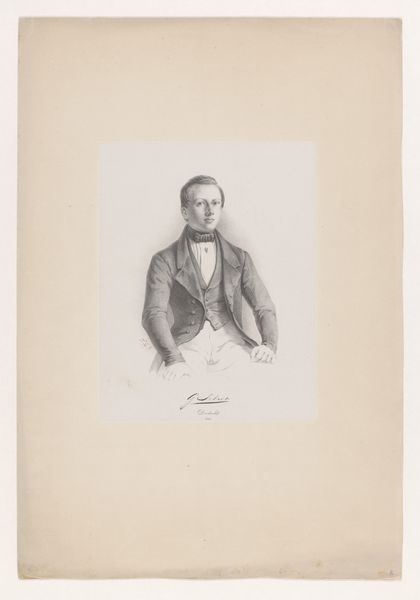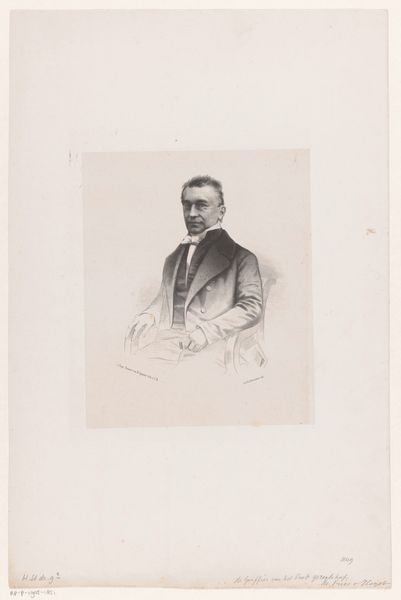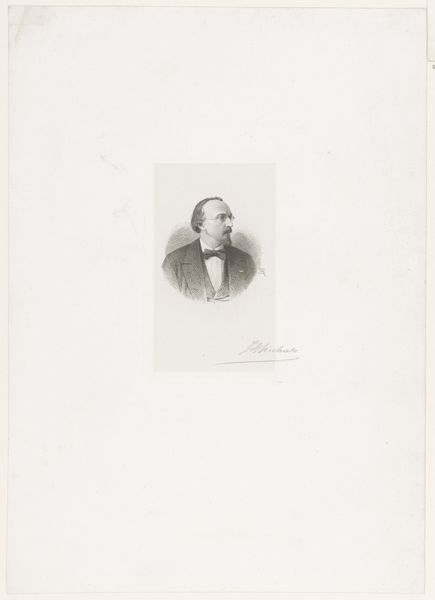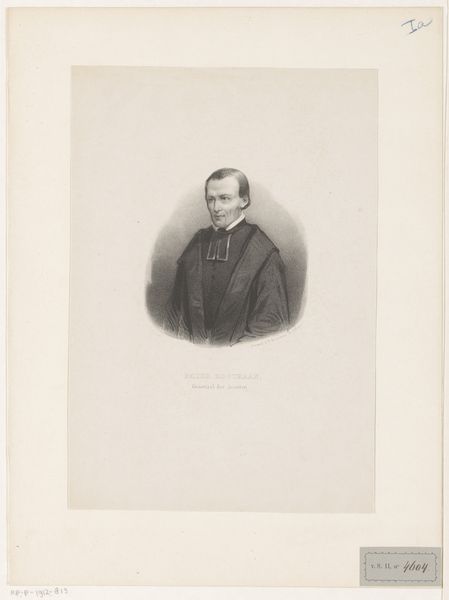
print, engraving
#
portrait
# print
#
old engraving style
#
caricature
#
portrait drawing
#
history-painting
#
academic-art
#
engraving
#
realism
Dimensions: height 107 mm, width 72 mm
Copyright: Rijks Museum: Open Domain
Editor: Here we have an engraving, "Portret van Chlodwig zu Hohenlohe-Schillingsfürst," created sometime between 1866 and 1895 by Paul Barfus. It has a rather serious and official feel, doesn’t it? What stands out to you? Curator: It's compelling how the engraving captures a certain cultural weight through such seemingly simple imagery. Consider the subject's gaze – averted, suggesting contemplation and perhaps even a hint of aloofness that would signify a man of status and position. But how might the symbolism embedded in something as ubiquitous as a portrait reflect shifts in power dynamics during this period? Editor: That's a great point! I hadn't really thought about the 'gaze' as a signifier. Could you elaborate more on those power dynamics? Curator: Certainly! Engravings like these circulated widely, functioning almost as propaganda. The formal attire and dignified posture signal authority, echoing earlier traditions of portraying nobility. The very act of commissioning and distributing the print broadcasts influence and cements his place within the social order. How might this form of representation then impact popular perception of figures like Chlodwig? Editor: So, the portrait is not just a likeness, but almost a carefully constructed public image... Interesting! It makes me wonder, what did people *really* think of him? Curator: Precisely! The symbols employed offer clues to understanding broader cultural values and aspirations of the time. Think about the mustache. Even that small detail, groomed to perfection, subtly projects power and adherence to societal standards. It embodies the spirit of an era concerned with control and outward presentation. Does analyzing these layers change your perspective on the work? Editor: It definitely does. Now, I'm seeing not just a portrait but a carefully constructed emblem of power from that time. Thanks for sharing your insights! Curator: And thank you for drawing out these fascinating threads! Examining even seemingly straightforward artworks for symbolic language opens doors to a much richer understanding of our past.
Comments
No comments
Be the first to comment and join the conversation on the ultimate creative platform.

